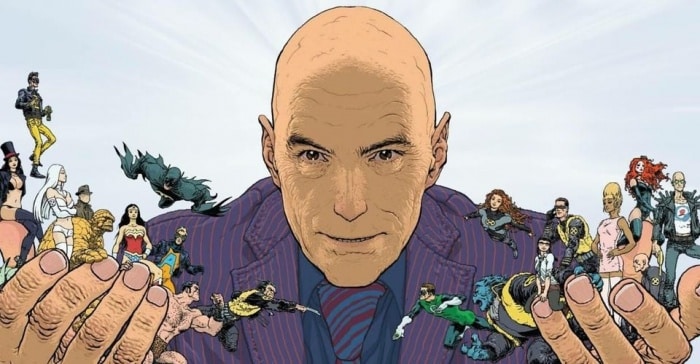
Legendary screenwriter Grant Morrison explains why breaking his sacred rule would destroy everything the Dark Knight stands for.
Over the years, we have seen Batman in a thousand different versions: darker, more violent, even more cynical. But if there is a line that defines the character should never crossit is taking a life. At least, he thinks so Grant Morrisonauthor of Batman/Deadpoolwho made it clear that this rule is not a whim… but the very essence of the Gotham hero.
The rule that separates Batman from the rest
While cinema has played with different interpretations – from the version of Tim Burton who did not hesitate to blow up even his enemies Zack Snyderwho riddled them directly with machine guns, in the comics Bruce Wayne maintains an indecipherable code: do not kill.
This rule has not always been this way. In his early years, in the 1939 comics, the Bat he even executed criminals with rather harsh methods. However, with the arrival of the 1940s and the advent of the Comics Code, DC decided to create a Dark Knight who rejects murder and firearmsconsolidating the myth of the ethical vigilante that we all know.

Grant Morrison makes it clear
During a question session on Reddit, Morrison explained why the character cannot, nor should, become a murderer. “If Batman kills, he turns into a criminal with a strange costume and Jim Gordon is supposed to stop him.“, he commented. For the Scottish screenwriter, the hero’s strength lies not in his brutality, but in his moral discipline and self-control.
“Bruce Wayne has trained in all martial arts, so he doesn’t have to killand that’s what makes him big and a little crazy,” he added. “Intimidate and hurt, okay… but killing would destroy him. Your job is to capture the bad guys and leave them outside the doors of a police station so the law can do its part. If the system fails, it takes them back. But he never executes them.”
Batman and his eternal fight against the system
The debate over whether Batman should kill the Joker has accompanied the character for decades. Every time the killer clown escapes from Arkham and wreaks havoc, many readers wonder: wouldn’t it be easier to eliminate him once and for all? Morrison, like other authors, maintains that this thought is precisely that Batman fights inside.

Killing his enemies would put him on the same level as them. Their war is not just against crime, but against their own own inner darkness. By refusing to cross the line, he proves that his mission goes beyond revenge: it’s an ideal, a way to demonstrate that even in a rotten place like Gotham there is still someone who believes in justice.
The contrast with the cinema and the fans
The public, however, remains divided. Many celebrate the crudeness of Snyder’s Batman or The Batman by Matt Reeves, while others prefer the more ethical version defended by screenwriters like Morrison or Paul Dini.
The problem is that the hero’s morality is played out on the big screen usually sacrifices coherence for spectacle. In the comic, however, his code defines his size: Batman doesn’t kill because that’s the difference between a broken man and a monster..

A hero condemned to repeat the fight
Perhaps the greatest tragedy of the Dark Knight is his endless cycle: he captures the bad guys, releases them, and they escape again. But here lies its value. batman he chooses not to give up, nor to corrupt himself, nor to become what he hates. This obstinacy, as admirable as it is crazy, is what makes him eternal.
Because, in the end, If Batman killed, he would stop being Batman. He’d be just another masked vigilante, without the nobility that separates him from the chaos he’s sworn to contain.

